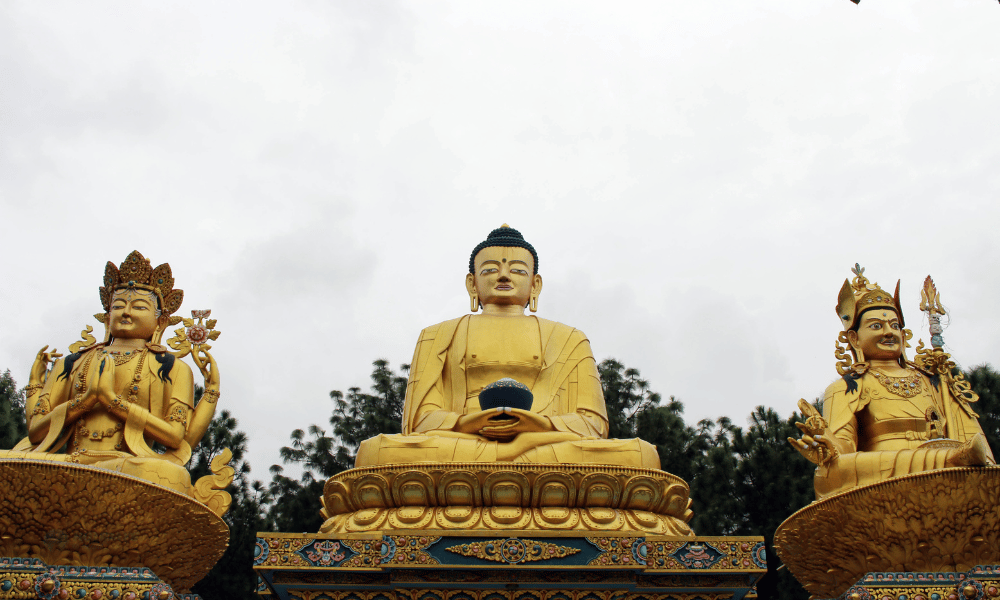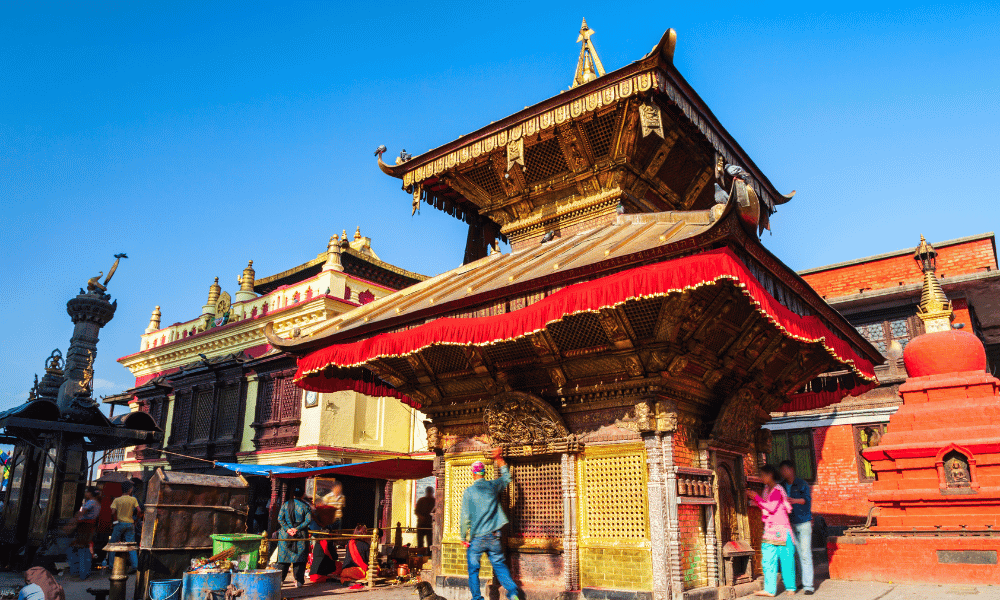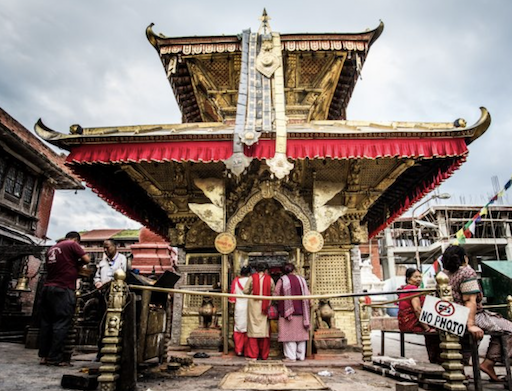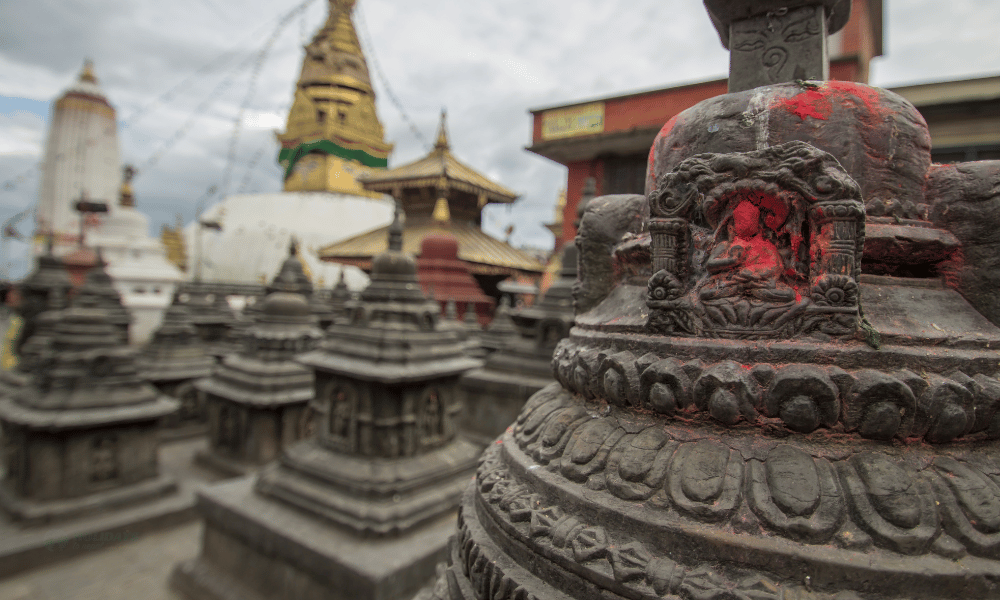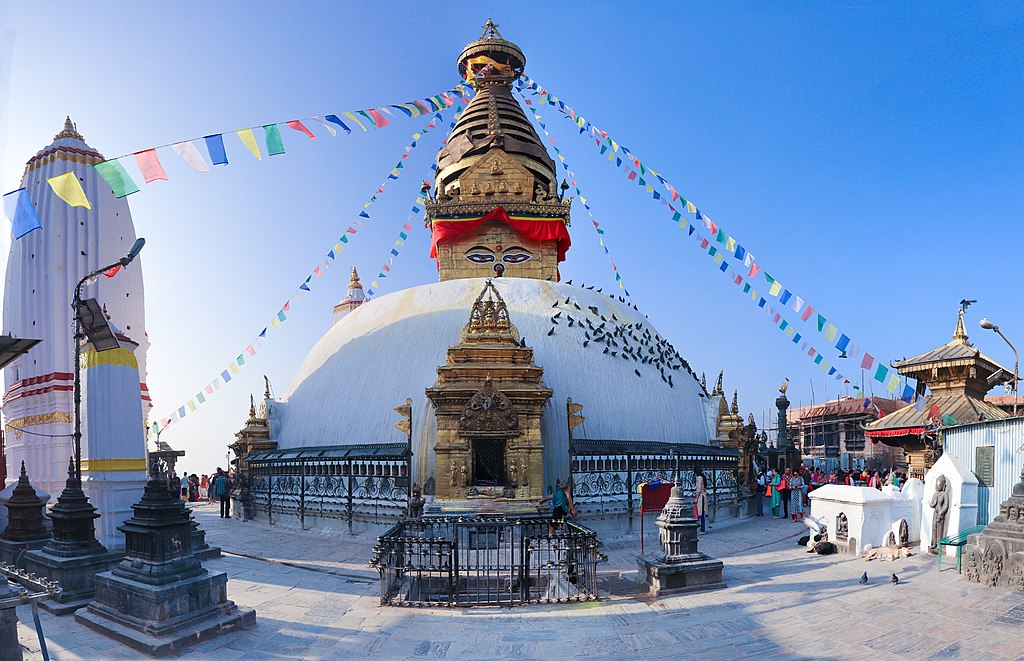
Swayambhunath Temple (Monkey Temple)
History of Swayambhunath Temple (Monkey Temple)
Swayambhunath Temple, located atop a hill in Kathmandu, Nepal, is one of the oldest and most revered Buddhist sites, dating back to approximately the 5th century AD. Also known as the 'Monkey Temple', it is a unique symbol of spiritual harmony, revered by both Buddhists and Hindus. Legend tells of a primordial lake covering Kathmandu Valley, from which a self-existent lotus bloomed, gradually transforming into the Swayambhu hill and the sacred stupa. The temple complex features a large white dome, adorned with Buddha's all-seeing eyes and crowned by a golden spire, symbolizing enlightenment. An ancient stone inscription mentions King Vrisadeva as the builder of the stupa during the Licchavi period. Over centuries, Swayambhunath has been a center of religious activity and cultural integration, housing numerous temples, shrines, and monasteries. It has survived natural disasters like earthquakes, with ongoing renovations preserving its spiritual and historic significance. The temple offers panoramic views of Kathmandu Valley and continues to draw pilgrims and tourists worldwide, embodying Nepal's rich blend of religion, history, and architecture.
Main Stupa at Swayambhunath
The main stupa at Swayambhunath is a magnificent structure featuring a large white dome representing the Earth, topped by a cubic base painted with the all-seeing eyes of the Buddha, symbolizing wisdom and compassion. Above the cube are 13 gilded spires representing the 13 stages of enlightenment, crowned by a pinnacle with the crescent moon and sun. This architectural marvel symbolizes the path to enlightenment and the Buddhist cosmos, surrounded by prayer flags, smaller shrines, and prayer wheels, creating a spiritually charged atmosphere. The stupa is a central focus of devotion and pilgrimage in Kathmandu.
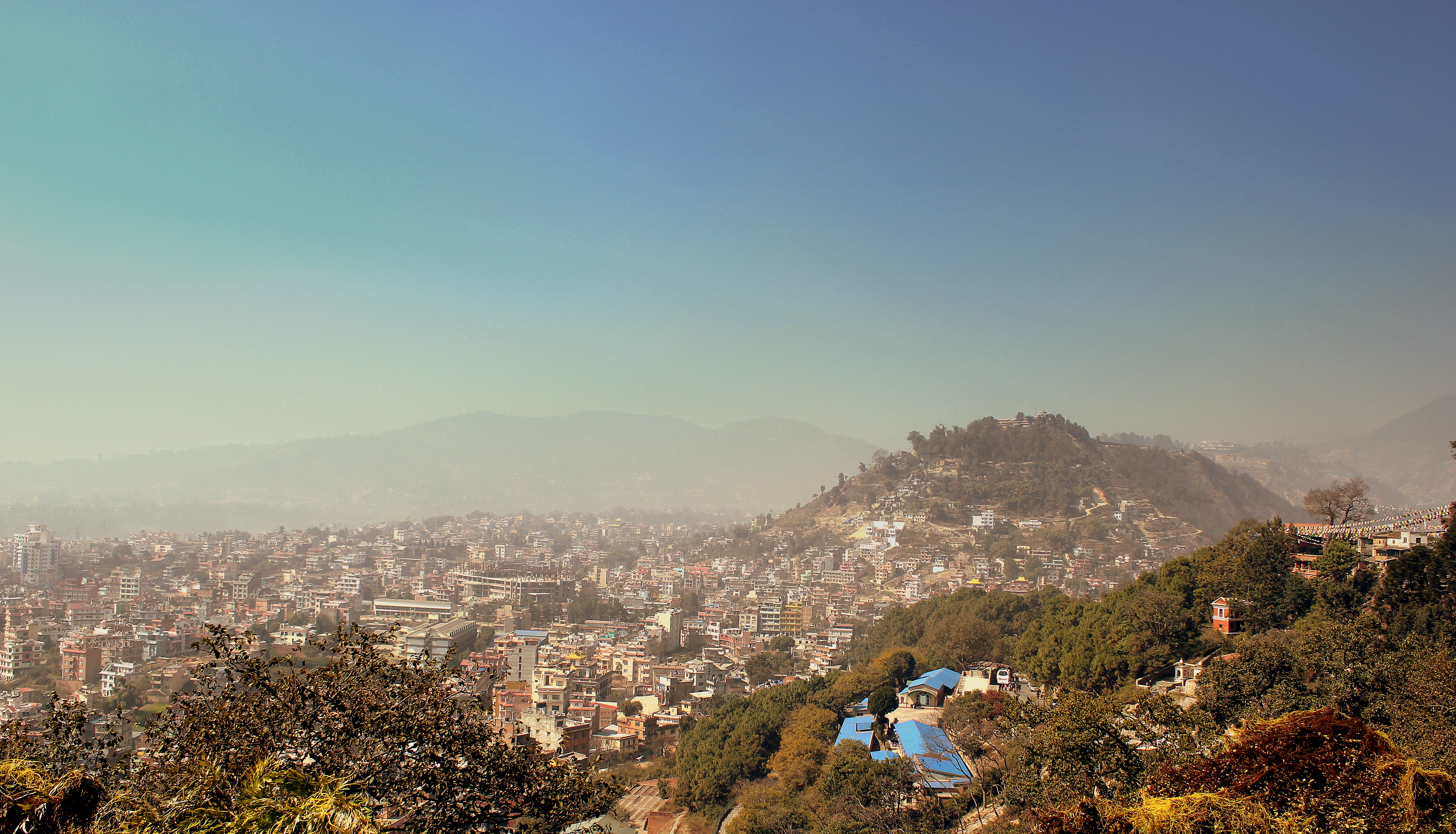
Hilltop View of Kathmandu Valley
The hilltop view of Kathmandu Valley from Swayambhunath Temple is breathtaking, offering a panoramic vista of the sprawling city nestled among surrounding hills and mountains. The vantage point allows visitors to witness the urban landscape blending harmoniously with natural beauty, enhanced by fluttering prayer flags and the golden spire of the temple under the vast sky.

Monkeys at Swayambhunath
Swayambhunath Temple is famously called the 'Monkey Temple' due to the large population of rhesus macaques inhabiting its forested hilltop. These monkeys are considered sacred, believed by legend to have originated from lice that infested the hair of the bodhisattva Manjushri. The lively monkeys add charm and a unique spiritual aspect to the temple complex, engaging with visitors as they play, groom, and roam freely. Revered and protected by locals, the presence of these monkeys has become an iconic part of Swayambhunath's identity, symbolizing the blend of myth, nature, and spirituality at this ancient sacred site.
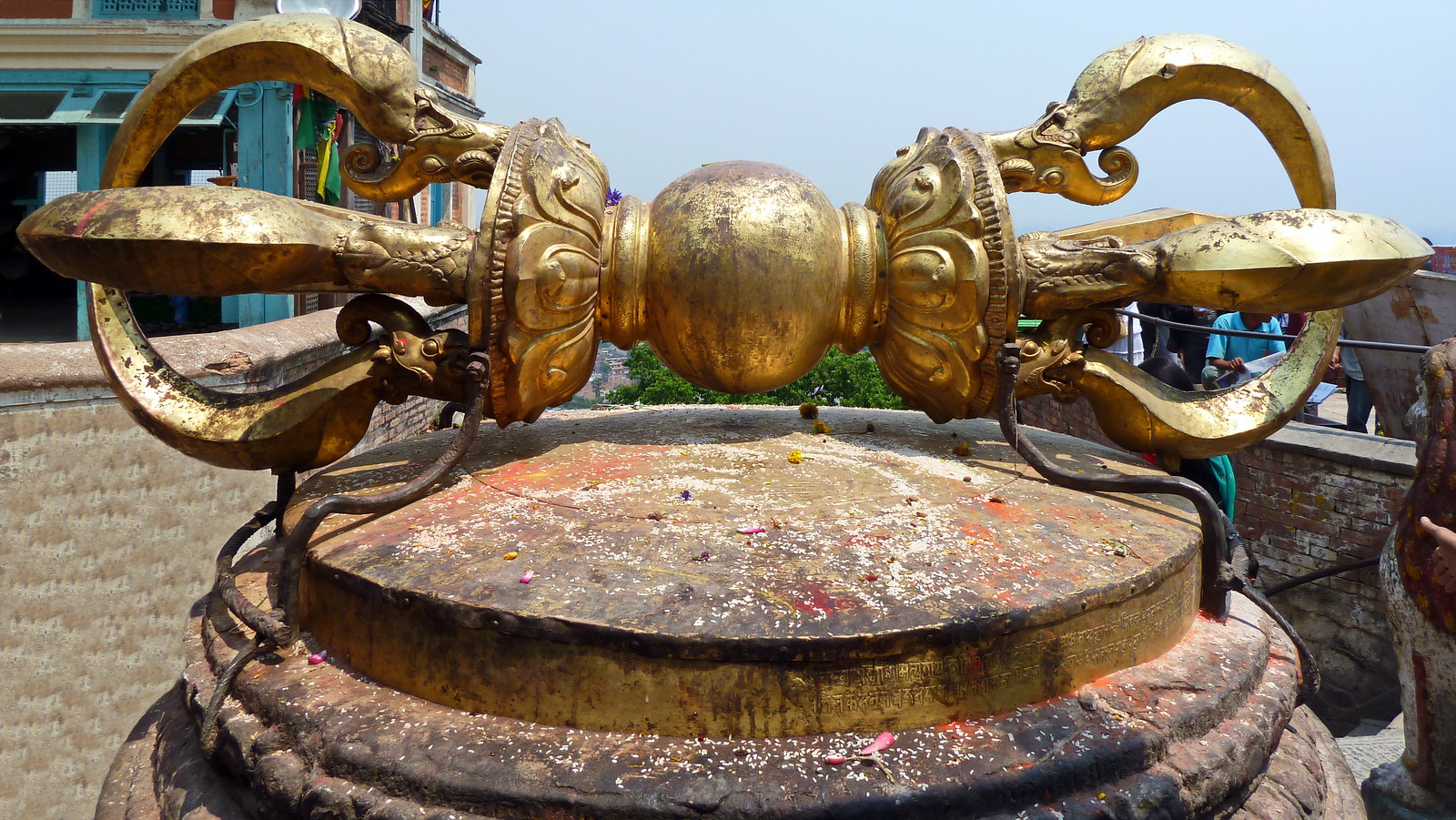
Lightning Bolt - Vajra
The Vajra at Swayambhunath Temple, also known as the 'Lightning Bolt', is an impressive gilt symbol mounted on the east side of the stupa's platform. It represents the indestructible spiritual power of enlightenment and the union of wisdom and compassion. Created during the 17th century by King Pratap Malla, the Vajra is surrounded by animals of the Tibetan astrological calendar engraved on its base, symbolizing cosmic harmony. It stands as a powerful emblem of protection and spiritual strength, marking the entrance where devotees begin their clockwise circumambulation of the sacred complex. The Vajra reflects the Vajrayana Buddhist tradition deeply embedded in the temple's architecture and ritual practices.
Visitors Image Gallery
